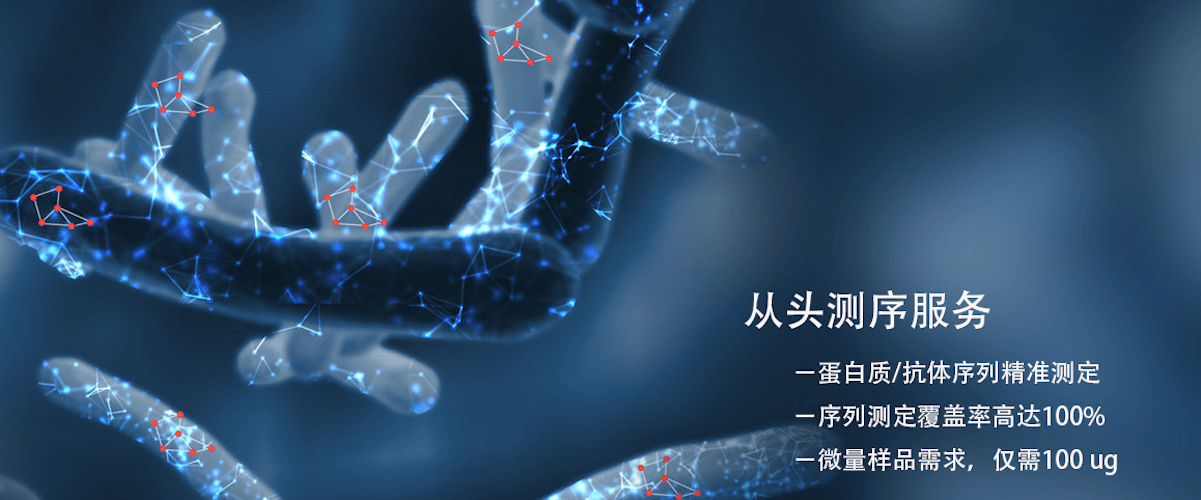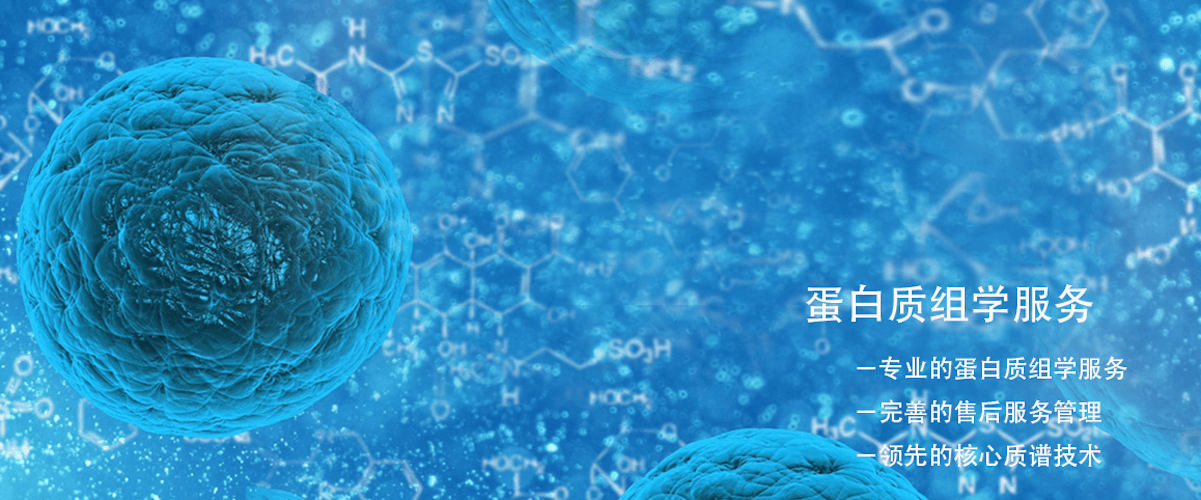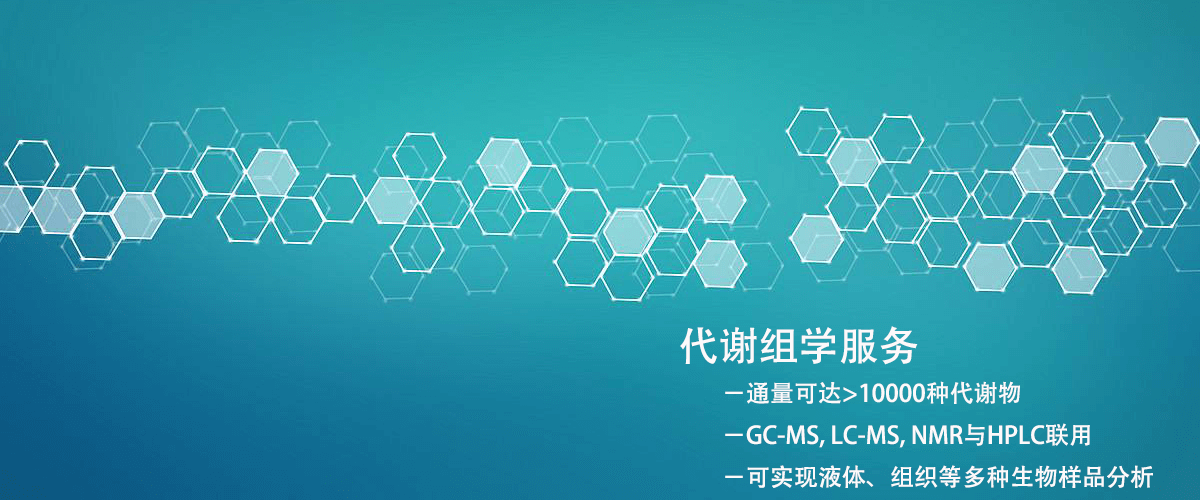How to operate high-performance liquid chromatography (HPLC) instruments? How to determine the content using high-performance liquid chromatography, and how to calculate the drug loading rate?
1. The steps to operate a High-Performance Liquid Chromatograph (HPLC) are as follows
1. Startup and Preparation
(1) Power On: Turn on the power of the HPLC system, including the pump, detector, auto-sampler (if any), and computer software.
(2) Mobile Phase Preparation: Prepare the required mobile phase and degas it (using an ultrasonic cleaner or the system's built-in online degassing device) to ensure the mobile phase is clean and bubble-free.
(3) Column Installation: Select an appropriate column (such as a C18 reverse-phase column) and install it in the chromatography system, ensuring the connection is secure and bubble-free.
(4) Flushing the System: Turn on the pump and let the mobile phase flow through the system at a low flow rate (e.g., 0.1 mL/min) to flush the system and column, removing any air.
2. System Parameter Setup
(1) Flow Rate Setup: Set the flow rate of the mobile phase according to experimental requirements, typically between 0.5-1 mL/min.
(2) Column Temperature Setting: If temperature control is needed, set the column temperature (generally 25-40°C) and adjust according to experimental needs.
(3) Detector Settings: Select a detector (such as UV-Vis) and set the appropriate wavelength for the target compound (e.g., 254 nm, 280 nm). For mass spectrometry detectors (MS), set ion source parameters, etc.
3. System Equilibration
(1) Pre-Flush System: Before formal sample injection, use the mobile phase to wash the system and column, typically requiring 20-30 minutes of equilibration until the baseline stabilizes.
(2) Baseline Check: Monitor the baseline stability of the detector using software to ensure there is no excessive noise or fluctuation.
4. Sample Injection
(1) Sample Preparation: Dissolve the sample in a solvent compatible with the mobile phase and filter the sample using a membrane filter (0.22 μm or 0.45 μm) to avoid particle clogging of the column.
(2) Injection: Manually inject the sample or use an auto-sampler to inject the sample, setting the injection volume (typically 10-20 μL).
(3) Sample Analysis: Start the sample analysis, and the HPLC system will separate the components in the sample according to the preset program.
5. Data Acquisition
(1) Chromatogram Monitoring: Observe the chromatogram in real-time through the software, recording data such as the retention time and peak area of target compounds.
(2) Data Saving: After completing the analysis, save the chromatographic data for subsequent quantitative or qualitative analysis.
6. End of Experiment and Cleaning
(1) System Cleaning: After the analysis is complete, flush the system and column with a high proportion of organic solvent (such as acetonitrile or methanol) to prevent mobile phase residues from causing column clogging or performance degradation.
(2) Column Storage: If not used for an extended period, flush and store the column with an appropriate storage solution (usually methanol) according to instructions.
7. Shutdown
(1) Stop Pump Operation: Turn off the pump to stop the delivery of the mobile phase.
(2) Turn Off System: Turn off the HPLC instrument and detector, and finally close the software and computer.
2. The general process for determining content using high-performance liquid chromatography is as follows
1. Prepare solutions of different concentrations using a standard substance of known concentration, then perform HPLC analysis to obtain peak areas at each concentration and plot a standard curve.
2. Measure the peak area of the sample using the same method, then determine the concentration of the substance to be measured in the sample based on the standard curve.
3.Calculation of Drug Loading Rate
1. Definition of Drug Loading Rate: Drug loading rate refers to the percentage of the mass of the drug in the carrier (such as nanoparticles, liposomes) relative to the total mass of the drug-carrier complex.
2. Determine Drug Mass: Use HPLC to measure the drug concentration in the complex.
3. Total Mass of Carrier and Drug: Usually known carrier mass and total mass of the drug during complex preparation.
4. Calculation Formula for Drug Loading Rate: Drug Loading Rate (%) = (Actual Mass of Loaded Drug / Mass of Drug Carrier) × 100%
For example, if the mass of the drug carrier is 100 mg and the actual loaded drug mass is 10 mg, then the drug loading rate is 10%.
BiotechPack, A Biopharmaceutical Characterization and Multi-Omics Mass Spectrometry (MS) Services Provider
Related Services:
How to order?





